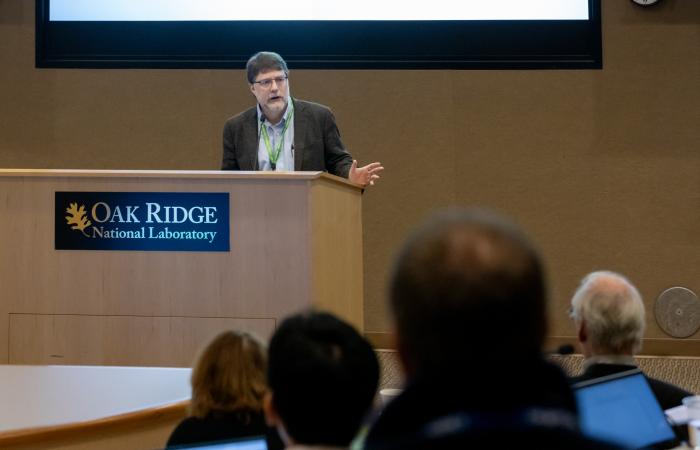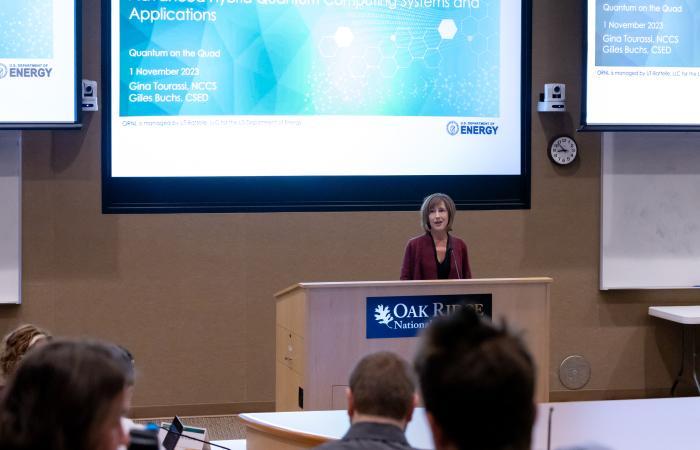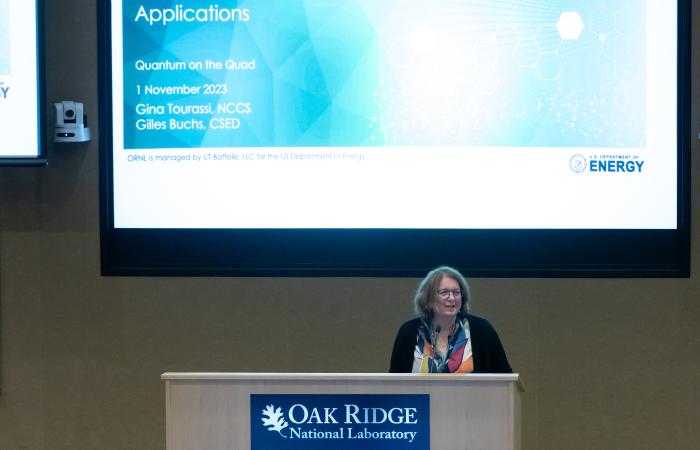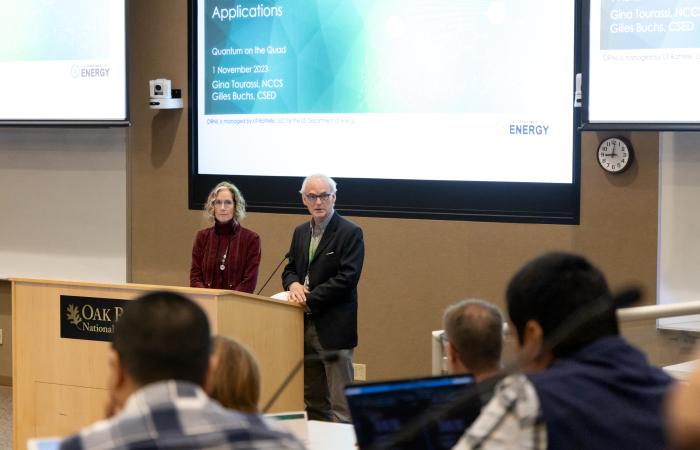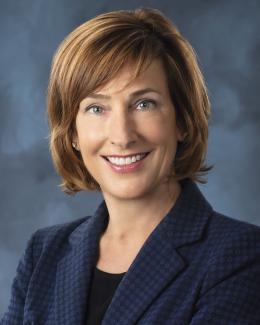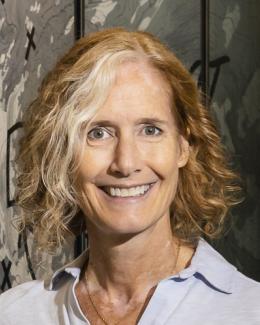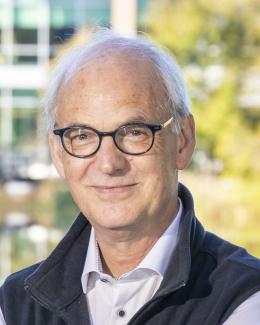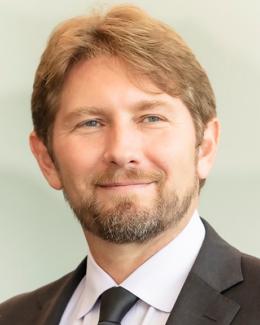On Nov. 1, about 250 employees of the Department of Energy’s Oak Ridge National Laboratory gathered in person and online for Quantum on the Quad, an event designed to discuss the lab’s quantum roadmap, which is currently in development. This roadmap will guide ORNL’s efforts in quantum science and technology, including strategies for advancing and integrating quantum materials, networks, sensors and computing.
The speakers at the event’s introductory session were Laboratory Director Stephen Streiffer, Deputy for Science and Technology Susan Hubbard, Physical Sciences Directorate Associate Laboratory Director Cynthia Jenks, Computational Sciences and Engineering Division Director Kate Evans and Physics Division Director Marcel Demarteau.
“This is a really crucial area of discovery research and technology,” Streiffer said. “We’re at a crossroads of information processing and our ability to interrogate the natural world.”
Jenks encouraged early-career staff to actively engage in the discussions and consider how ORNL’s capabilities can help propel the nation’s quantum future. “ORNL’s Center for Nanophase Materials Sciences, the Spallation Neutron Source, the Oak Ridge Leadership Computing Facility and other assets across the campus provide the unique equipment and expertise needed to accelerate quantum progress in the fields of biology, physics, materials, security, computational sciences and more,” Jenks said. “For example, we’re working on new methods to design new quantum materials, improve quantum networks and develop quantum devices.”
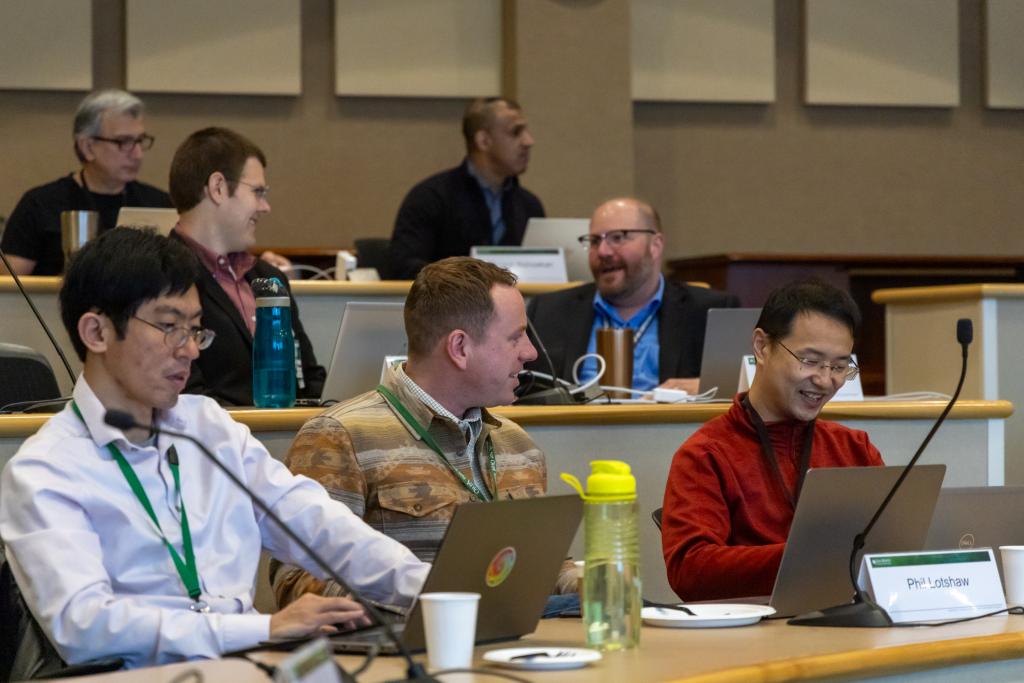
Demarteau supported this point by emphasizing the importance of having a distinct worldview to shape quantum research. “In the last few years, we’ve witnessed the birth of an entirely new field of science: engineering of quantum technologies,” he said. “The implementation of quantum technologies in experiments has already provided amazing results. For example, gravitational waves that literally shake space and time are now measurable at unprecedented rates due to novel quantum sensing techniques. Our world will be transformed with the power of quantum technologies, and ORNL is positioned as a leader in this regard,” Demarteau said. "The roadmap will serve as a formal acknowledgment of our commitment to surpassing what is currently possible in the world of quantum research.”
Providing a springboard for the upcoming roadmap, Hubbard described ORNL’s long history of quantum R&D achievements and several significant ongoing efforts that leverage the unique expertise and user facilities found across the lab.
She cited examples such as the Quantum Science Center, or QSC, a DOE National Quantum Information Science Research Center headquartered at ORNL; several projects focused on advancing quantum materials synthesis, theory, simulation, scattering and advanced microscopy; development of ORNL’s quantum network; demonstrations of quantum key distribution technologies at the country’s only utility quantum network in Chattanooga; and the Quantum Computing User Program, or QCUP, managed by the OLCF, a DOE Office of Science user facility that houses the world’s first and fastest exascale supercomputer — Frontier.
“Quantum will eventually be a disruptive technology like the internet, smartphones and AI, but there are key technological bottlenecks to overcome,” Hubbard said. “Between ORNL’s deep and diverse well of expertise and facilities and the upcoming colocation of many quantum experts across the laboratory in the new Translational Research Capability building, the time is ripe to consider how we can systematically tackle challenges and define the future of quantum to make the greatest possible positive impact.”
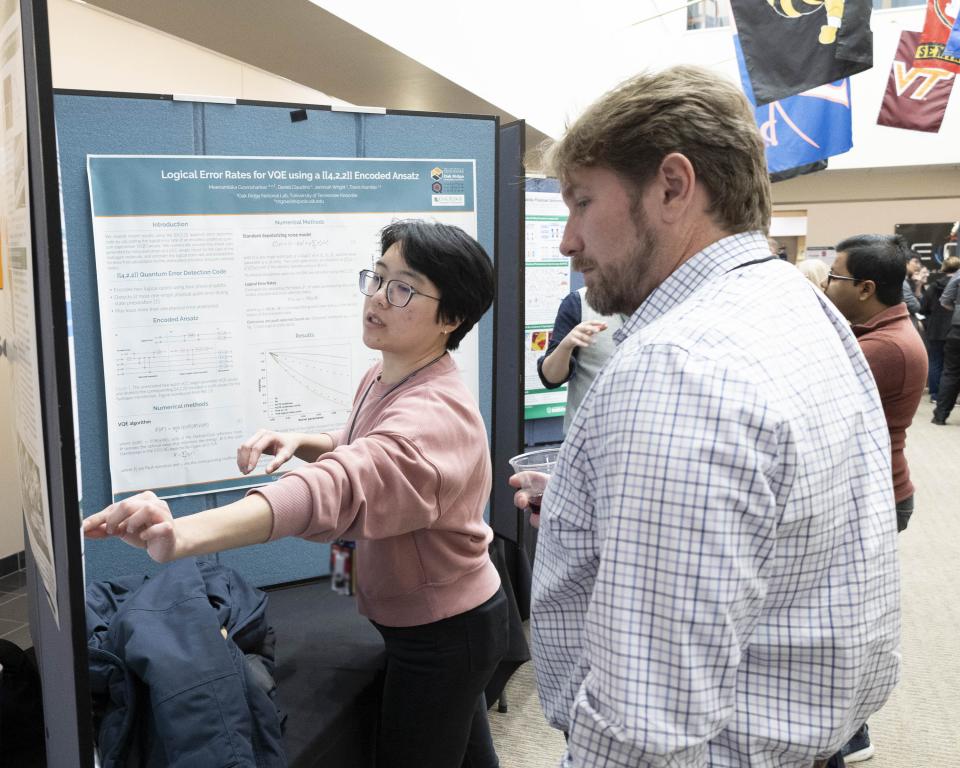
Evans moderated the day’s activities, which included plenary talks, lightning talks and breakout sessions, all of which were organized around three key research priorities: advanced hybrid quantum computing systems and applications; secure quantum networks through entangled communication; and materials development for revolutionary quantum computing, sensing and networking.
In launching the technical portion of the event, Evans stressed that “today is a chance to not only learn about this draft roadmap and key activities going on across the lab but to provide input, broach new ideas and concepts and think together about how ORNL can advance the quantum future.”
Following the breakout sessions, session leaders and scribes summarized their conversations for the broader group. The event closed with a lively reception and poster session that featured more than 70 entries.
To recognize the many innovative ideas shared during the poster session, the laboratory encouraged presenters to take advantage of funding through the Laboratory Directed Research and Development’s seed program designed to implement their visions.
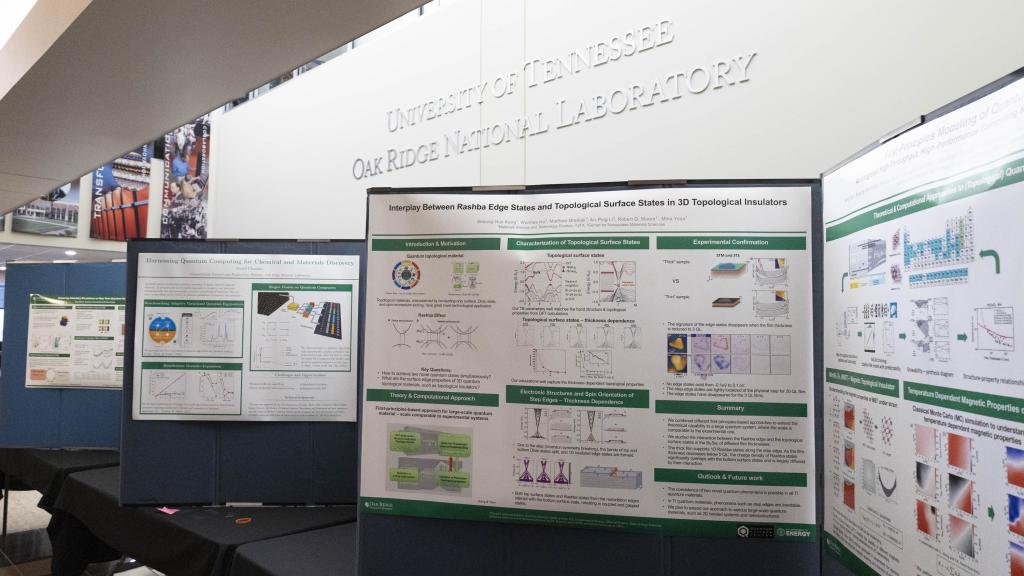
Travis Humble, who leads both the QSC and QCUP, presented a lunchtime talk titled “Integrating Quantum Science and Technology,” which focused on transitioning fundamental quantum research into real-world technologies for applications on a national and international scale.
Although significant resources are needed to make these massive changes, Humble emphasized that there will be many accomplishments to celebrate along the way, including advances in the detection of gravitational waves and in the ability to control entangled quantum bits in complex quantum materials. Other important issues, he said, include improving quantum computing hardware built in-house and at partner institutions, training the next generation of quantum researchers, and expanding diversity, equity and inclusion efforts.
“Quantum mechanics has made great leaps forward in the past 100 years, but now it’s time to take these ideas from the playground of the laboratory to the real-world problems facing the quantum workforce,” Humble said.
Going forward, the organizers plan to present the results to the rest of the laboratory and update short- and long-term milestones in the roadmap based on the feedback collected during the event. Participants identified areas for improvement but agreed that the laboratory has a strong 10-year vision for all priority areas. Following this success, they are planning a second Quantum on the Quad to be held in the spring of 2024.
“By enabling a discussion of this living document, we have made significant progress toward determining what’s missing and what we need to emphasize,” Evans said. “These discussions allow us to build on the great things we’ve already done at ORNL and leverage the strengths of the laboratory to move forward.”
UT-Battelle manages ORNL for DOE’s Office of Science, the single largest supporter of basic research in the physical sciences in the United States. DOE’s Office of Science is working to address some of the most pressing challenges of our time. For more information, visit https://energy.gov/science. — Elizabeth Rosenthal


